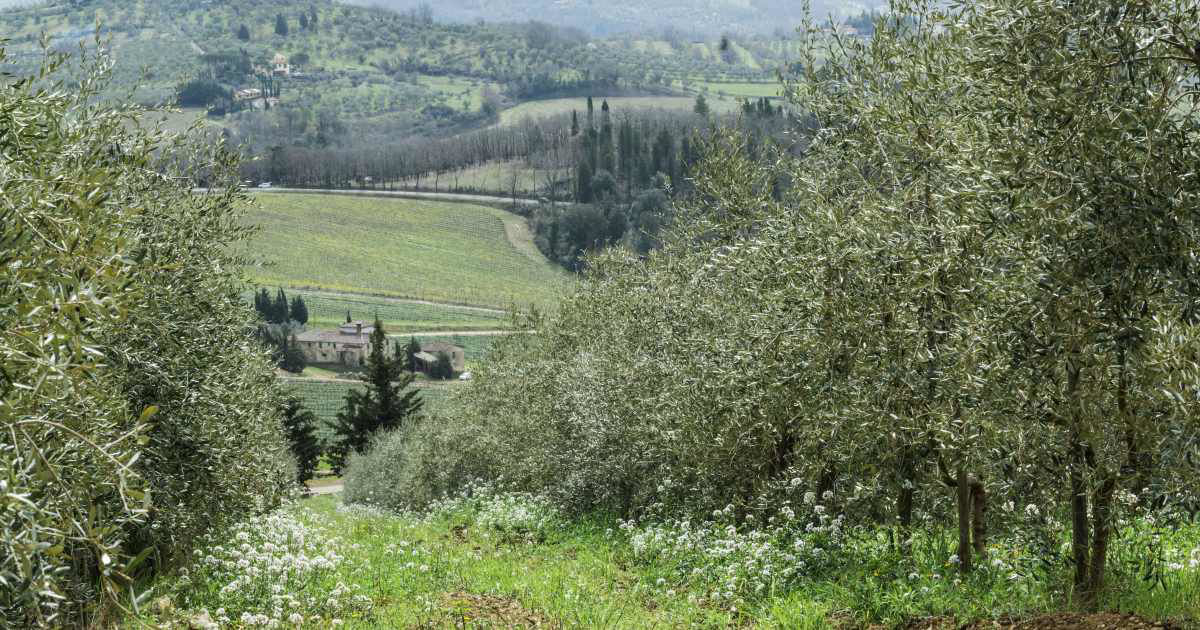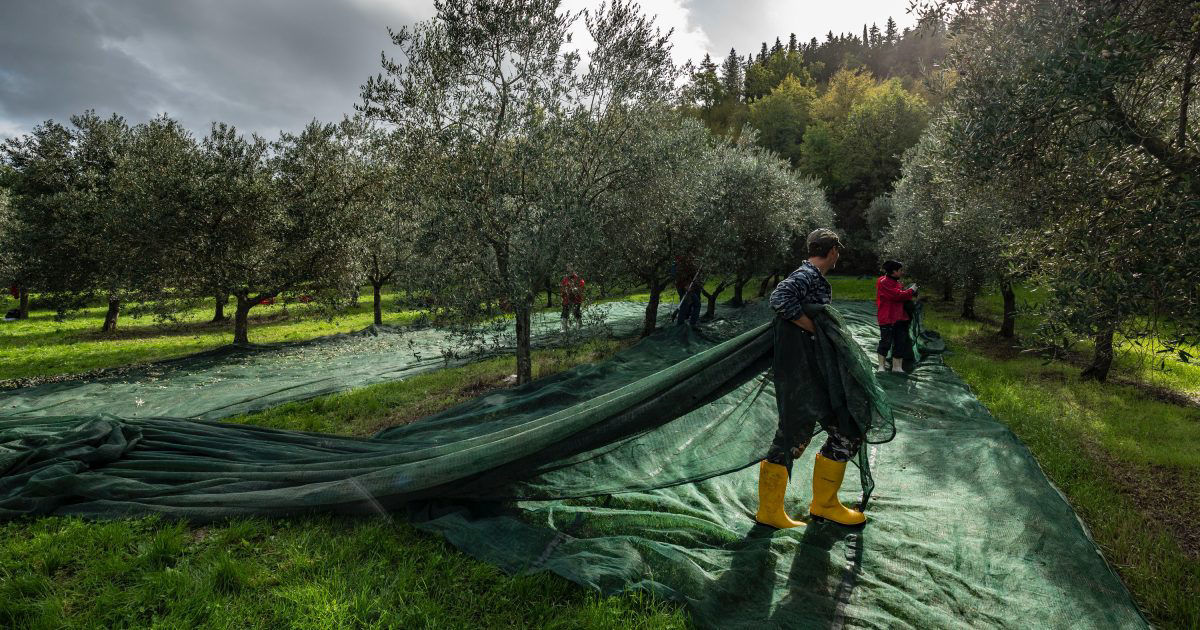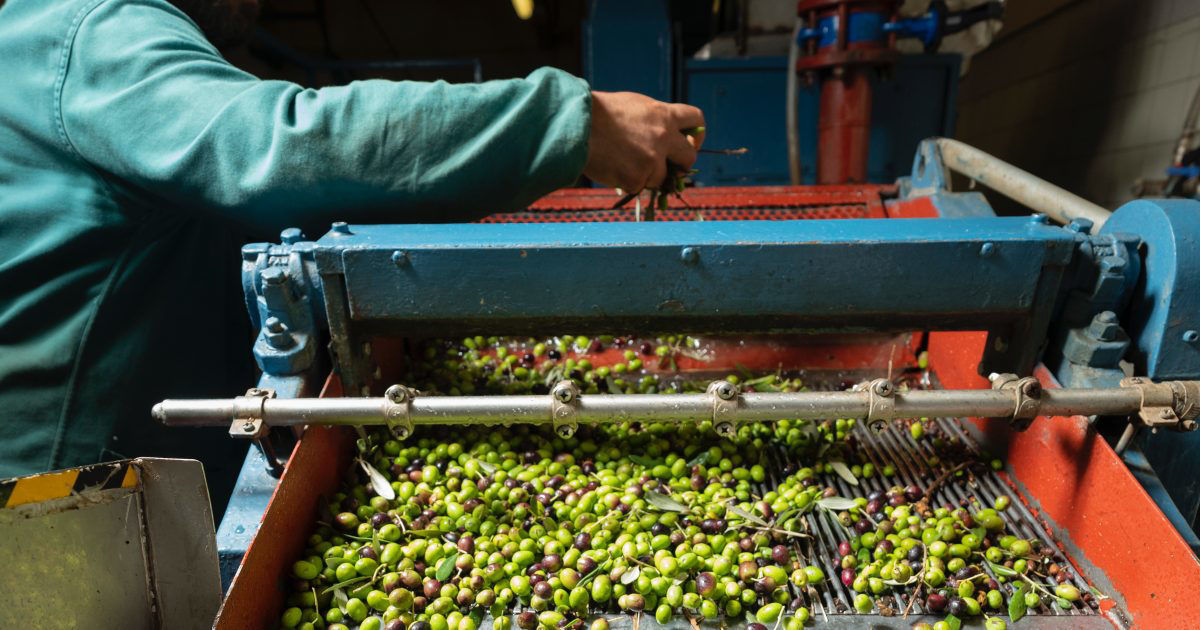
Pomace oil is produced from the byproducts of the olive pressing process, which is used to make virgin and extra virgin oils. Originally a waste product in the olive oil industry, advances in extraction technology now allow pomace to be reused more efficiently in various industries.
This waste product is mainly composed of the pulp, pits, and skins of the olives, and is a byproduct of olive pressing. However, this byproduct is still rich in nutrients and active ingredients. For this reason, the crude olive pomace oil is processed and reused in cooking, cosmetics, and industry to avoid wasting its valuable qualities.
Due to its chemical composition, pomace oil is an important source of fatty acids and antioxidants, making it a nutritious product for our bodies. But what processes are used to obtain this oil? What are the differences between pomace oil and olive oil? And what are its uses in cooking and cosmetics?
In this article, we will explore the answers to these questions, focusing on the properties of pomace oil and its multiple uses. We will discover how this product is becoming increasingly recognized as a sustainable resource for the food, cosmetic, and energy industries, offering a green alternative to the management of olive farming byproducts.
Where does pomace come from?
Olive pomace is the residue left after pressing olives to produce various types of olive oil. This material is mainly composed of the pulp, pits, and fruit skins left over after olive pressing.
It is obtained through a mechanical separation process of oil from the olives, which involves its extraction through pressure and centrifugation. The solid residue, known as pomace, is then further processed to obtain a different kind of olive oil.
There are different categories of pomace, which can vary depending on the type of olive used, the geographical production area, and the extraction methods. The refined olive pomace oil, if dried can be used as fuel, biofuel material, or organic fertilizer, thanks to the presence of nutrients such as nitrogen, phosphorus, and potassium, which can make cultivable soil fertile.
How is pomace oil obtained?
Pomace oil is obtained through a chemical extraction process. After the pressing phase for oil production, the residual is collected and stored for later use. This material can still contain a percentage of oil inside, ranging from 3 to 6%.
The process of extracting oil from the pomace involves the use of chemical solvents, such as ethanol, which allow for the separation of oil from the residuals of the first extraction. The product is then poured into a suitable container, where it is mixed with the solvent. This mixture is then heated to facilitate the extraction of the oil and separation from the pomace.
Once the extraction process is complete, the oil is separated from the solvent through an additional filtration phase, which allows for the removal of any residual solvent traces. At this point, the pomace olive oil obtained is ready to be used.
The extraction process, which involves chemical processes, has raised concerns about its food safety. However, the oil of pomace used for food purposes undergoes rigorous quality and safety controls and must follow specific residue parameters of solvents established by European regulations.


Difference between pomace olive oil and virgin olive oil
Pomace olive oil and extra virgin olive oil are two very different products in terms of composition, taste, and organoleptic properties. Extra virgin olive oil is extracted directly from the olives through a pressing process, while pomace olive oil is obtained through a chemical extraction process, as detailed above.
Nutritionally speaking, extra virgin olive oil is considered one of the healthiest oils due to its high concentration of monounsaturated fatty acids, which help to reduce cholesterol levels in the blood and prevent cardiovascular diseases. Crude olive pomace oil, on the other hand, contains fewer monounsaturated fatty acids and more saturated fatty acids, making it less healthy than extra virgin olive oil.
In addition, olive pomace oil has a more neutral taste and less intense aroma than extra virgin olive oil, making it more suitable for uses where the oil's flavor should not influence the final taste of the preparation, such as frying.
Overall, pomace olive oil is considered an economical alternative to extra virgin olive oil. However, if you are looking for a high-quality product, it is recommended to opt for classic extra virgin olive oil, which remains the most flavorful and healthy choice.
Is pomace oil edible? Its uses in cooking
We have seen that pomace olive oil can be made edible through a process of chemical refining, which removes impurities and gives it a less strong and marked flavor. Once the oil has undergone this treatment, it is considered safe for food use and can be used in cooking for the preparation of various dishes.
One of the main uses of refined olive pomace oil is frying, thanks to its high smoke point, which makes it resistant to high temperatures and prevents the release of toxic substances during the process. Compared to other vegetable oils, such as sunflower oil, this olive oil can maintain its organoleptic properties stable even during frying, avoiding the food from absorbing too much oil.
It can also be used as an ingredient for baking sweet and savory foods. However, it should be noted that it has a less intense flavor than extra virgin olive oil, so it may not be suitable for all types of preparations, such as seasoning for raw products like crostini or salads, or traditional dishes like Tuscan Fettunta.
Other uses of pomace oil
In addition to its use in cooking, products extracted from olive pomace can be used for various purposes. Thanks to its emollient and moisturizing properties, it is often used as an ingredient during the preparation of cosmetic products, such as creams, lotions, and soaps. It can also be used as a lubricant for industrial machinery and as fuel for biomass boilers.
In conclusion, pomace olive oil represents a way to save and reuse the waste product of the olive oil industry. Thanks to its nutritional properties and neutral taste, it is a versatile product that can be used as a substitute for olive oil in different preparations. However, it is important to choose a high-quality product and not to exceed its consumption, considering that it has a high-calorie content, making it a less valid choice than other olive oils.